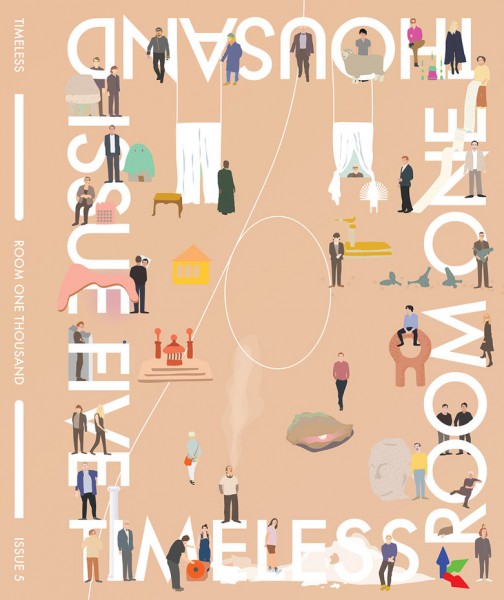Imagine Pieter Aertsen’s 1552 large painting titled Christ in the House of Mary and Martha. In the foreground of the painting, we see a still-life composition of food, various kitchen utensils such as flagons and jugs, flowers and a pile of folded sheets. In the background, we see a room in which a religious scene is presented almost like another painting. While Aertsen’s painting presents what is now named as one of the first examples of the idea of split painting, or a painting within a painting in Western art history, this splitting of the picture plane allows for two important things to happen. First, by taking the very idea of painting as its main subject matter, the painting alludes to the idea of a self aware image, i.e. an image that acknowledges its representational imperative explicitly while presenting itself as a non-illusionistic depiction of reality. Second, by juxtaposing the two very contrasting techniques of representation on the same picture plane, the painting allows for two vantage points of the same reality to coexist in the space of representation.
For architecture, from Joseph Michael Gandy’s Comparative Architecture which stacks imaginary architectural orders together on a fictional building, to Mies van der Rohe’s photomontages, and from Aldo Rossi’s Città Analoga to Rem Koolhaas’ cadavre exquis of vertical superimpositions, bringing elements that belong to different realities onto the same architecture or picture plane has a long legacy within the history of architectural representation or design. Yet, although being different in intention and technique, what is common in all of these examples is the main emphasis given to the promise of a striking novelty in the new whole’s imagined or fictional quality. By focusing the attention to the unprecedented condition of the imagined architectural proposition, the distinction from reality is foregrounded and celebrated in these examples.
While acting as the very precedent to this architectural legacy, the eighteenth century capriccio painting provides another nuance to this lineage. Developing in the context of a renewed interest in the ruins of antiquity during the Grand Tour of Europe as well as in the new techniques of representation in Baroque theater stage design, capriccio painting imagined either fictional buildings on a real urban or landscape setting, or presented existent buildings (either as ruins or reassembled wholes) combined and painted in an imaginary landscape. Seen in this light, capriccio was neither about a true representation of reality nor creating a utopian fiction, but rather about a slightly distorted image based on that very reality. In other words, while depicting imaginary characteristics, one of the main features of the capriccio painting was its interest in verisimilitude or slight (un)familiarity.
After our contemporary hangover in architecture from a total trust in seeing images as the true representation of a priori design process (digital or infrastructural organization), de facto justification (diagramming), or fantastical lavishness, implosion provides an overload of bareness, all waiting to be dissected into its very pieces and to be reassembled.
